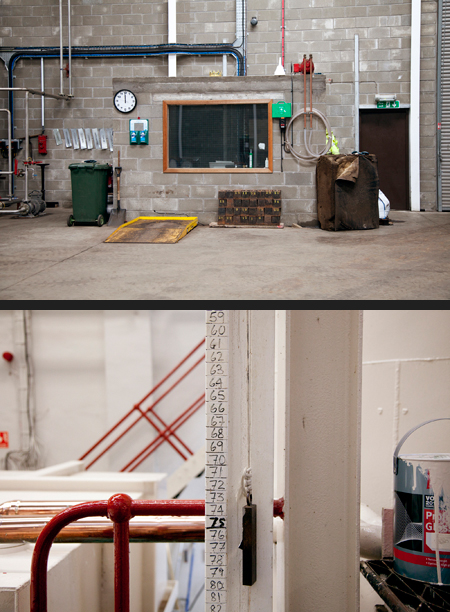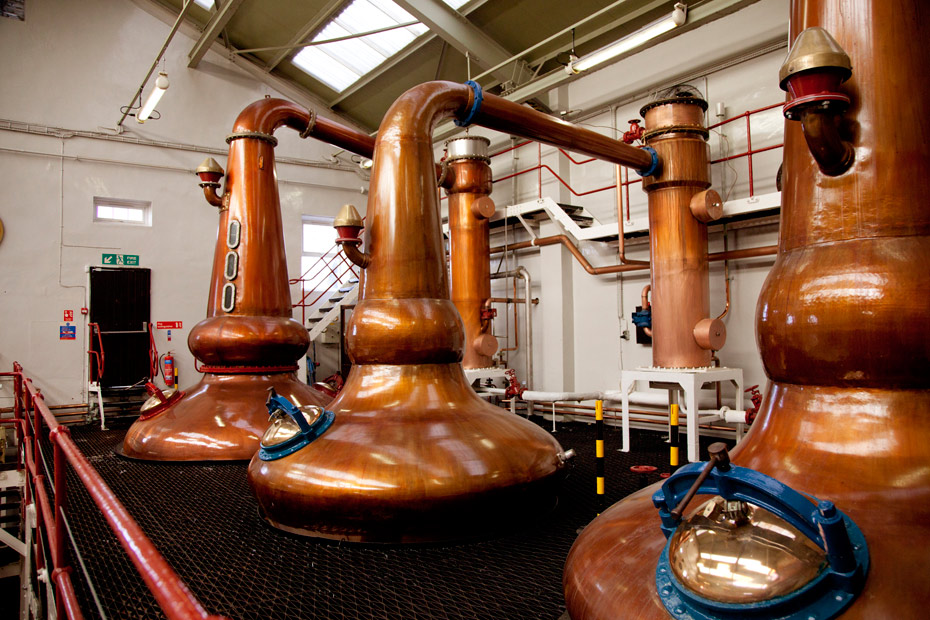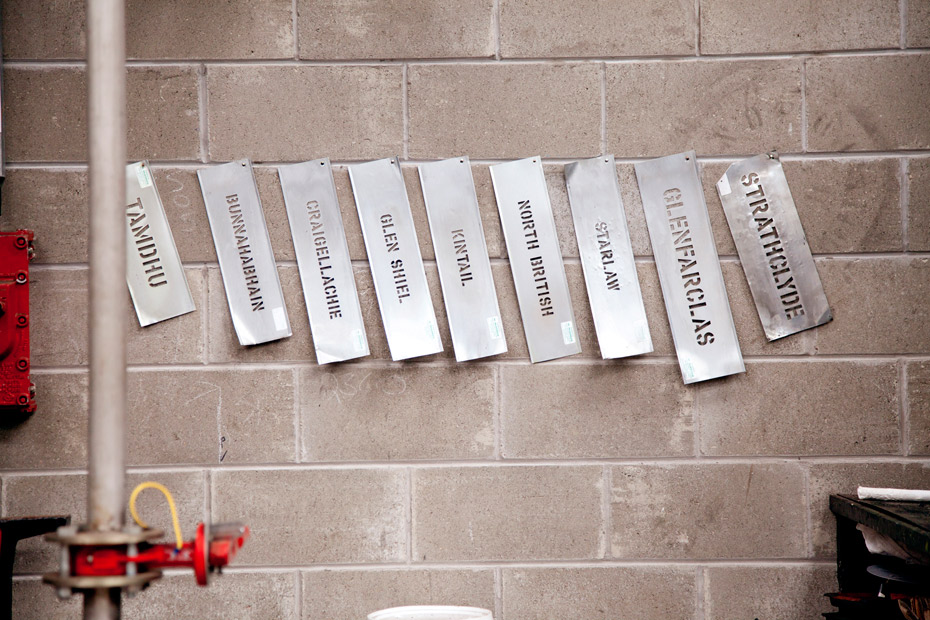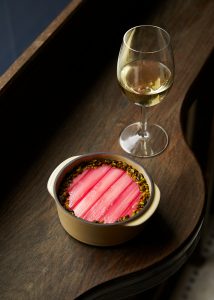- Photographer Emli Bendixen and whisky connoisseur Ross Hamilton went to Scotland to document the malt process at the nearly 200 year old distillery

Text Ross Hamilton
Photography Emli BendixenAbove: Picturesque Glengoyne sits at the foot of Dumgoyne on the edge of the Campsie FellsLocated by Killearn in the West of Scotland, Glengoyne was one of Scotland’s proliferous illegal distilleries until 1833 when it was granted a licence to produce malt whisky. The production process has changed little since using only three ingredients; water, malted barley and yeast. We spent a morning with stillman Duncan McNicoll and discovered how Glengoyne malt whisky is made.


Freshly malted barley arrives at the distillery after being slowly air-dried in a kiln, this differs from the traditional process which uses burning peat. Air-drying results in a light, clean flavour instead of
the dark, smokey notes added by peat. .
 The malt is milled into a coarse flour, or grist, and enters the production process. Just under four tons of grist is combined with 12,000 litres of water at 63.5 degrees and added to a mash tun. Over several hours sugars are released creating a sweet wort which is slowly drained.
The malt is milled into a coarse flour, or grist, and enters the production process. Just under four tons of grist is combined with 12,000 litres of water at 63.5 degrees and added to a mash tun. Over several hours sugars are released creating a sweet wort which is slowly drained.
A further 7,000 litres of water are added to the wet grist this time at 77.0 degrees and the process repeated. After the wort cools to 18 degrees it is pumped into traditional Oregon Pine washbacks where distiller’s yeast is added and the 56 hour fermentation cycle begins.
Above: Under lock and key inside the bonded warehouse
Below: Low wines and feints must me re-distilled to increase alcohol content

Post-fermentation, the alcohol content of the wash is 6% and the distillation process begins. Glengoyne whisky is distilled twice in copper stills controlled by McNicoll. The first distillation takes place in the wash still, producing weak spirit which is distilled again in the spirit still. The height and shape of the stills are tall and wide allowing maximum contact with the copper surfaces which react with the acids in the wash to magnify the sweet, fruity notes. As the boiling spirit evaporates and travels up the the stills, it cools and condenses running through the spirit safe where McNicoll selects the spirit to be matured at a strength of between 64% and 74% alcohol.Above: Long, tall stills increase alcohol content producing light, fruity spirit

New spirit is diluted to exactly 63.5% alcohol and poured into Oloroso sherry casks from Spain and bourbon casks from North America. Maturation has the greatest influence on end-flavour making cask selection vital for a good dram. Filled casks are stored in a bonded warehouse for 10 to 21 years. Spirit must be matured for at least three years in oak casks in Scotland before it can legally be called Scotch malt whisky.
Above: Traditonal stencils are used to mark each cask
Subscribe to Port Magazine annually and receive each issue to your door.
Get PORT in print



